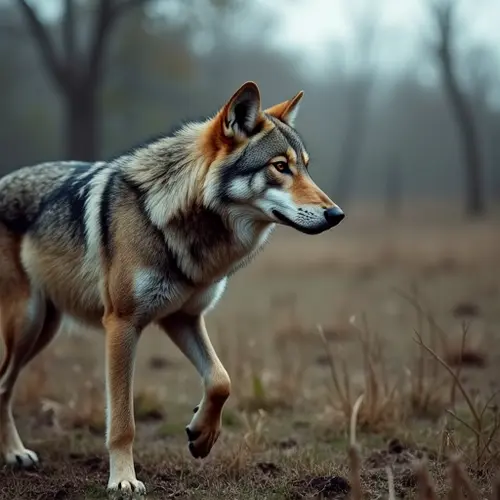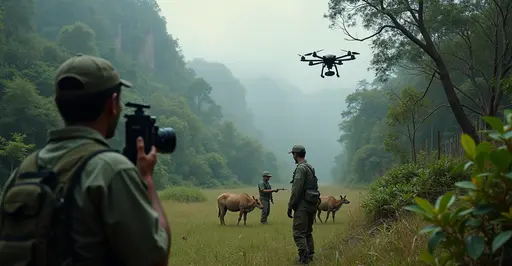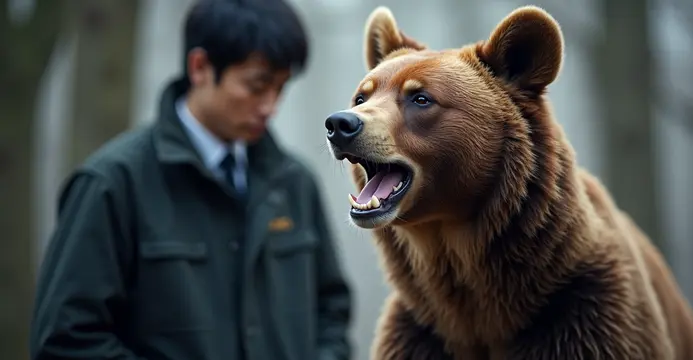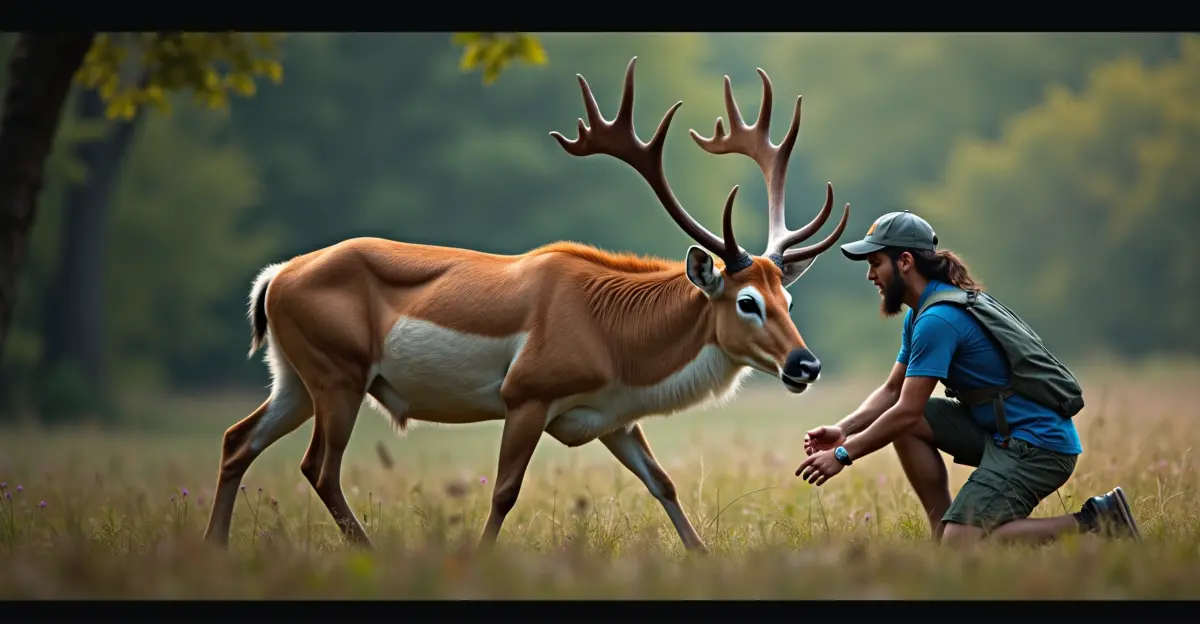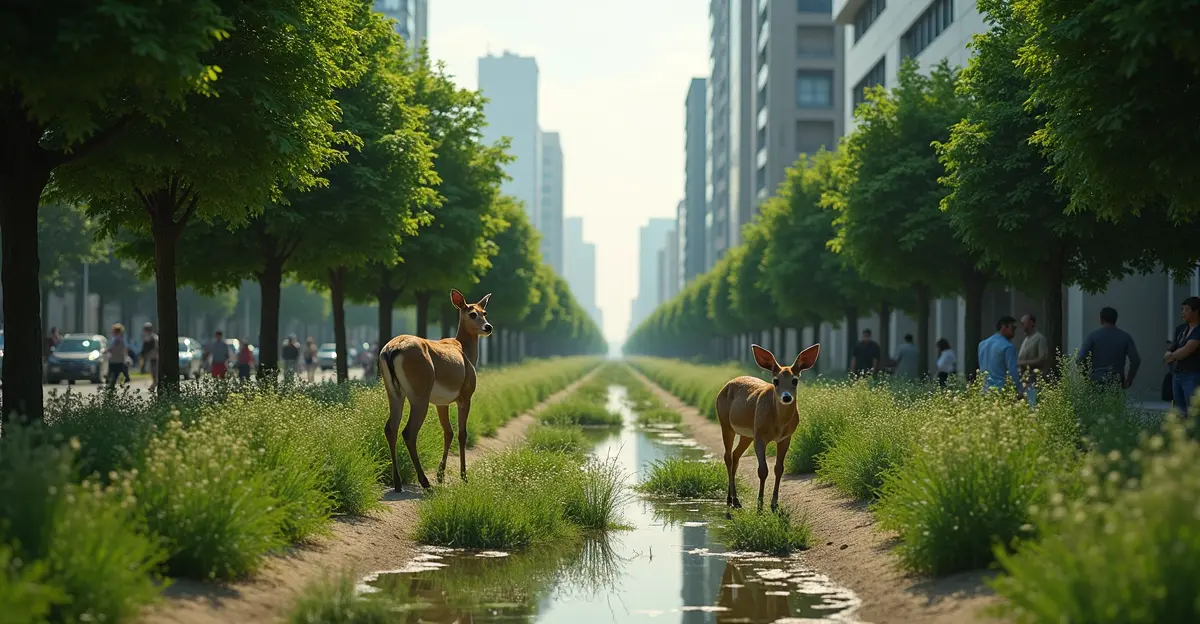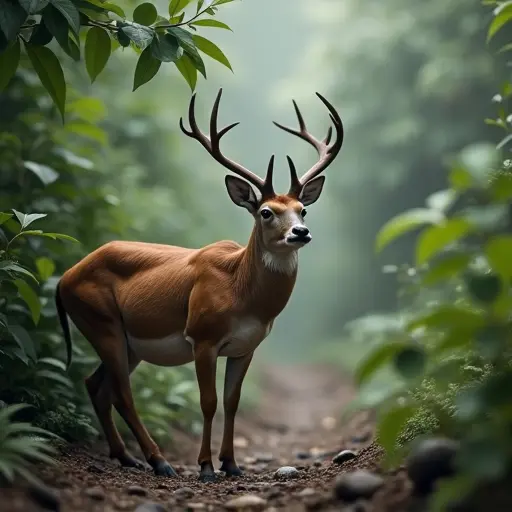
AI-Powered Eyes in the Wild
Conservationists are deploying advanced camera systems with artificial intelligence to monitor endangered species more effectively than ever before. These motion-activated cameras automatically capture and analyze animal behavior 24/7, solving the biggest challenge in wildlife monitoring: processing millions of images manually.
How the Technology Works
The AI systems use deep learning algorithms trained on massive datasets of animal images. When a camera detects movement, it instantly classifies species with over 95% accuracy. This real-time analysis alerts rangers to poaching threats or rare animal sightings within minutes. The systems can identify individual animals through unique markings like tiger stripes or elephant ear patterns.
Conservation Breakthroughs
In Kenya's Maasai Mara, these cameras helped track a nearly extinct black rhino population, leading to a 40% poaching reduction. Amazon researchers used the tech to rediscover species thought lost to deforestation. The cameras also monitor ecosystem health by tracking animal migration patterns affected by climate change.
Future Developments
New systems integrate thermal imaging and audio analysis to detect animals at night. Conservation groups plan to deploy 50,000+ AI cameras globally by 2026. Challenges remain in remote areas with limited connectivity, but satellite-linked systems are overcoming this hurdle.

 Nederlands
Nederlands English
English Français
Français Deutsch
Deutsch Español
Español Português
Português



